In the transportation sector, the utilization of semi and grain trailers plays an integral role in enhancing the efficiency of logistics and supply chain operations. The decision to rent these trailers often hinges on various factors, such as cost, duration of use, and specific operational requirements. In this comprehensive guide, we delve into the nuanced aspects of renting semi and grain trailers, providing invaluable insights that cater to businesses of all sizes.
Key Factors Impacting Rental Costs
1. Type of Trailer
The cost incurred when renting semi and grain trailers significantly depends on the specific type of trailer chosen. Each category has its unique characteristics that influence pricing:
| Trailer Type | Characteristics | Typical Rental Cost/Day |
|---|---|---|
| Standard Semi-Trailer | Designed for general freight, often available in dry van configurations. | $100 – $200 |
| Reefer Trailer | Used for transporting temperature-sensitive goods; complex refrigeration systems add to costs. | $150 – $300 |
| Grain Trailer | Tailored for agricultural produce, typically featuring a higher capacity for bulk transport. | $75 – $150 |
| Flatbed Trailer | Versatile, suitable for a variety of loads including heavy machinery. | $80 – $180 |
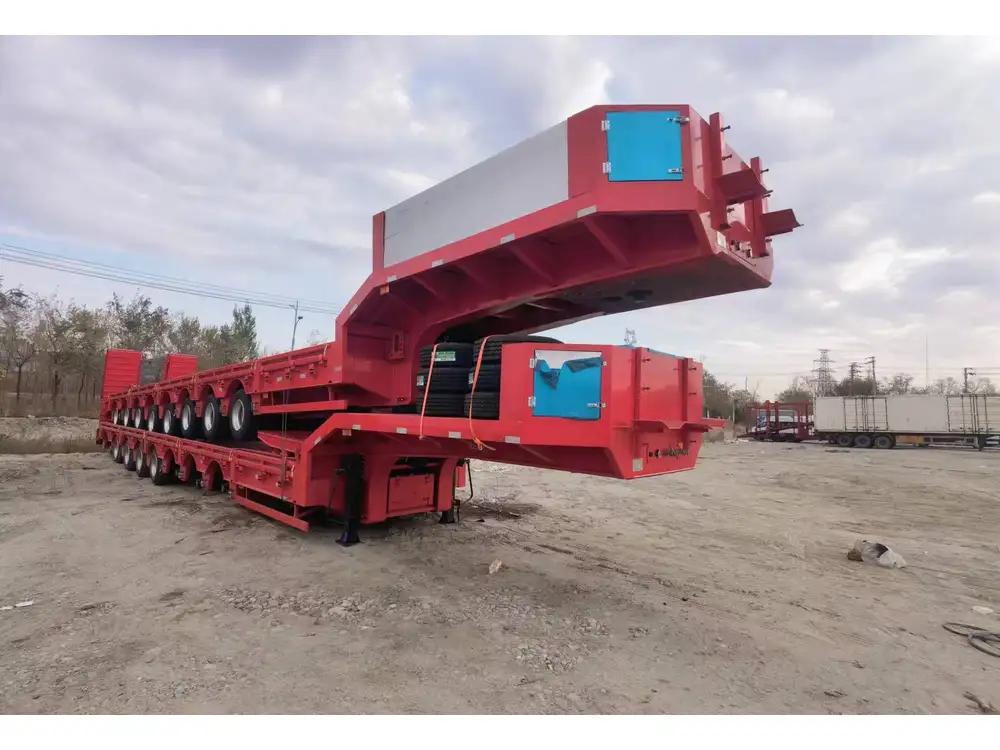
2. Rental Duration
The duration of rental significantly affects the overall cost. Typically, a longer rental term results in lower daily rates due to discounts offered by rental agencies. Here’s a breakdown of how pricing often adjusts based on the rental period:
- Daily Rentals: Ideal for short-term projects or unexpected logistics needs. Higher per-day rates apply.
- Weekly Rentals: A more economical option for mid-term projects. Often 15-20% cheaper than daily rates cumulatively.
- Monthly Rentals: Best suited for long-term needs. A significant discounts can apply, sometimes up to 30% off standard daily rates.
3. Geographic Location
The geographical area where the rental occurs also influences pricing. Urban areas with higher demand may exhibit elevated costs compared to rural regions. Furthermore, transportation fees for obtaining and returning trailers in remote areas might be higher.
4. Insurance and Coverage
When renting semi and grain trailers, it’s vital to consider insurance options. Rental agencies typically offer different coverage levels, affecting overall costs:
| Coverage Type | Details | Estimated Daily Cost |
|---|---|---|
| Basic Liability | Covers minimum liability required by law. | $10 – $25 |
| Full Coverage | Comprehensive protection, including collision and theft. | $30 – $75 |
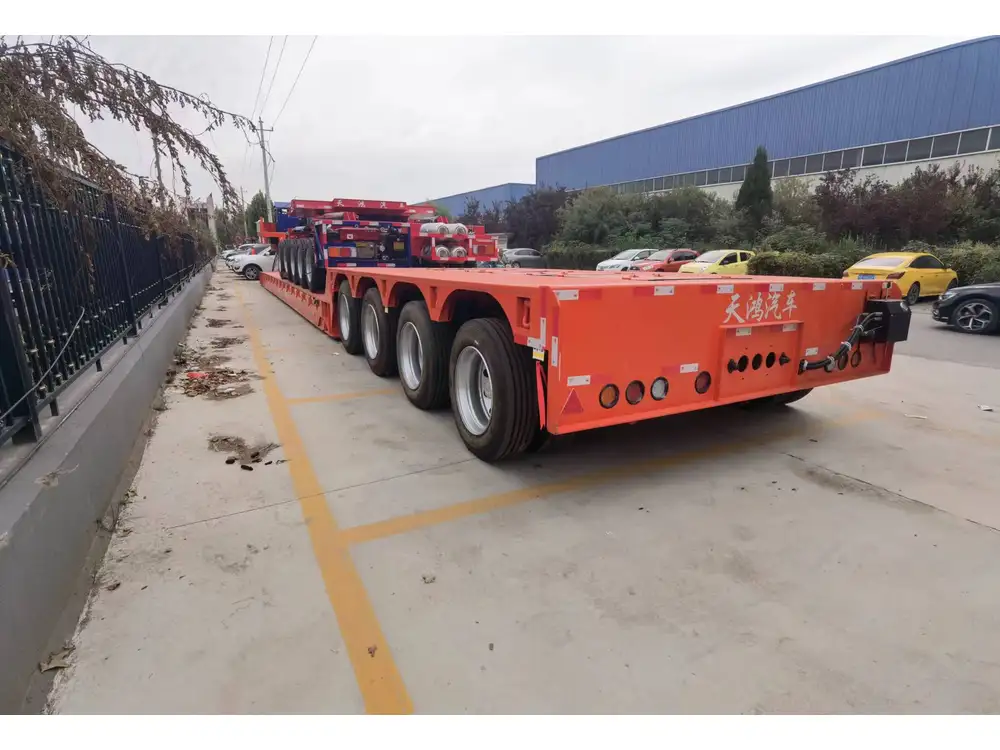
5. Additional Features and Customization
Certain rentals might come with additional features or customization options, such as pallet space, specialized loading equipment, or enhanced safety features. These can add to the base rental cost:
- GPS Tracking Systems: Generally around $5 – $15 per day, offering enhanced fleet management.
- Load Lock Systems: Essential for securing cargo, potentially adding $10 – $20 per day.
The Rental Process: A Step-By-Step Guide
Understanding the rental process can help streamline operations and minimize unforeseen costs. Below, we outline a straightforward approach to renting semi and grain trailers.
Step 1: Assess Your Needs
Begin by identifying specific requirements:
- Determine the type of goods to be transported.
- Calculate the expected load and volume.
- Define the duration of the rental.

Step 2: Research Rental Companies
Investigate potential rental companies. Consider factors such as:
- Reputation and reviews
- Rental history and available inventory
- Customer service responsiveness
Step 3: Compare Costs
Compile a list of costs associated with various rental agencies. Pay close attention to hidden fees or additional charges that may apply, such as maintenance or cleaning fees after use.
Step 4: Read the Rental Agreement
Before signing, ensure you thoroughly read and understand the rental agreement. Key points to focus on include:
- Rental duration
- Fuel policies
- Maintenance obligations
- Liability clauses

Step 5: Conduct a Pre-Rental Inspection
Once you’ve selected a trailer, perform a comprehensive inspection. Document any pre-existing damages and confirm that all safety features are functioning correctly.
Step 6: Return Procedures
Upon completing your rental term, ensure you understand the return policies:
- Clean the trailer as per requirements.
- Return it to the designated location on time to avoid late fees.
- Keep records of the rental duration, mileage, and any incidents reported.
Cost-Saving Tips for Renting Semi and Grain Trailers
Minimizing rental costs requires strategic planning and foresight. The following tips can help reduce expenses:
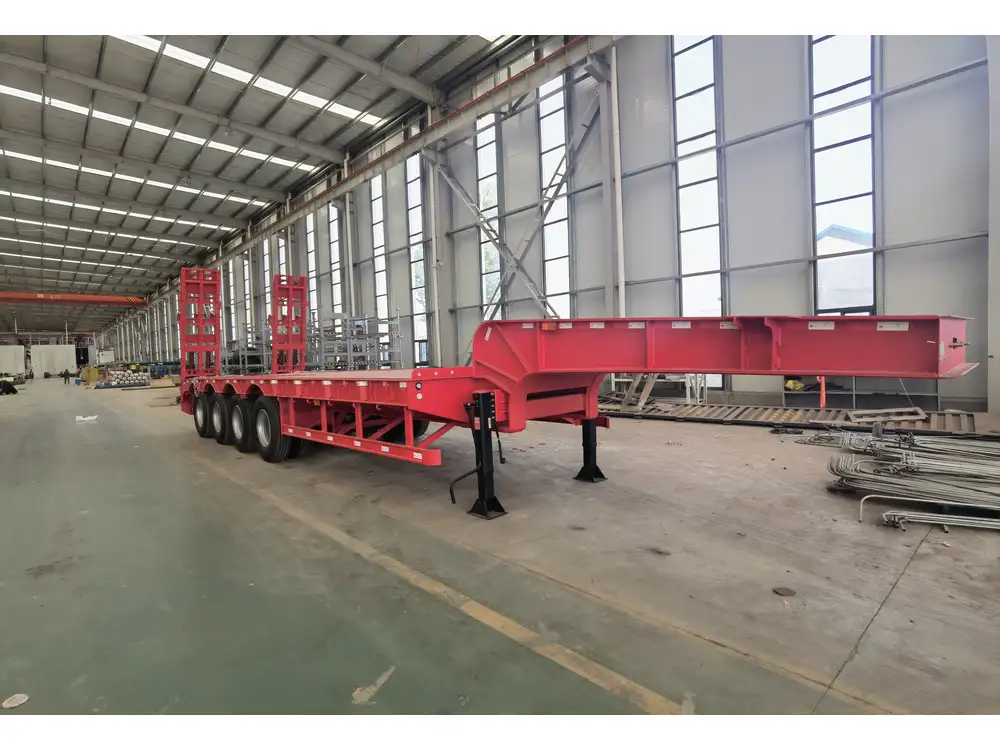
1. Maintain Flexibility
Being flexible with rental dates can yield savings. Consider off-peak periods and avoid the busy seasons when demand typically spikes.
2. Bundle Rentals
If needing multiple trailers or types of equipment, inquire about bundle deals. Many rental companies offer discounts for multiple rentals, which can lead to significant savings.
3. Consider Short-term Leasing Options
In certain situations, businesses may benefit from short-term leasing rather than standard renting. Often, leases provide more favorable long-term agreements translating to lower monthly costs.
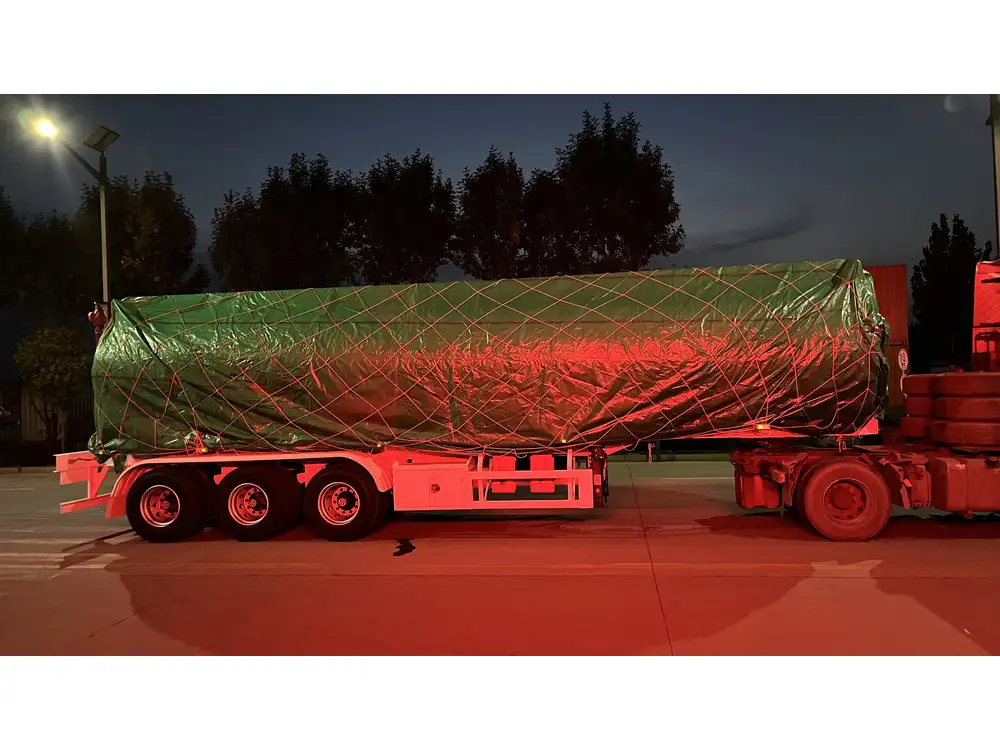
4. Negotiate Rental Rates
Don’t shy away from negotiating. Rental companies may have room for adjustment, especially during off-peak times.
5. Monitor Maintenance Costs
Inquire about maintenance responsibilities that may fall on you during the rental period. Understanding these can help avoid unexpected out-of-pocket costs.
Challenges in Renting Semi and Grain Trailers
While renting can provide flexibility and cost savings, various challenges can arise:
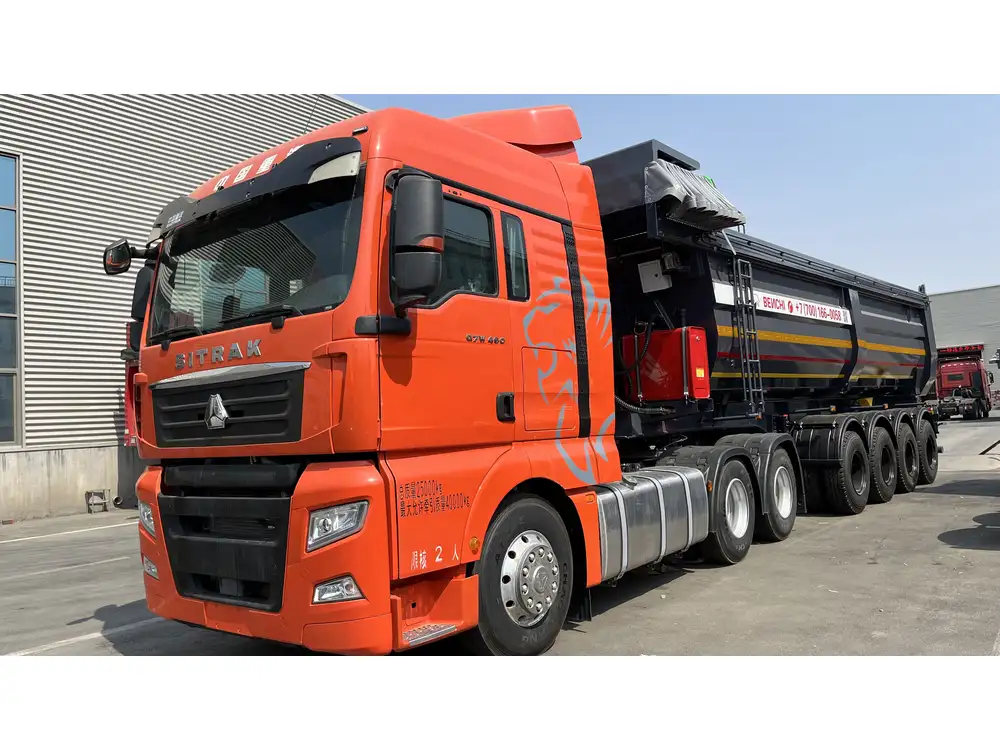
1. Availability Issues
During peak seasons, demand can outstrip supply, leading to limited availability. To mitigate this challenge, secure reservations well in advance.
2. Hidden Fees
Miscommunication regarding costs can result in unforeseen charges, such as cleaning fees or extra mileage fees. Always clarify cost inclusions ahead of time.
3. Bicycle or Loading Compatibility
Not all trailers provide straightforward compatibility with loading equipment. Ensure that the loading and unloading procedure aligns with the chosen trailer to prevent operational hiccups.

4. Liability and Safety Concerns
Handling trailers involves inherent risks. Familiarize yourself with insurance clauses and safety responsibilities as a renter.
Conclusion
Navigating the landscape of trailer rentals legally and efficiently necessitates a meticulous understanding of various factors influencing the costs— from the type of trailer to additional features, insurance options, and geographic considerations. By adopting a structured rental approach and leveraging cost-saving strategies, businesses can optimize their logistics operations without being bogged down by excessive costs, thus ensuring seamless transport experiences.
For those in the agriculture and transportation sectors, understanding the intricacies of renting semi and grain trailers is fundamental to operational success. The combination of informed decision-making and strategic foresight can help mitigate risks while maximizing profitability and efficiency in the marketplace.



